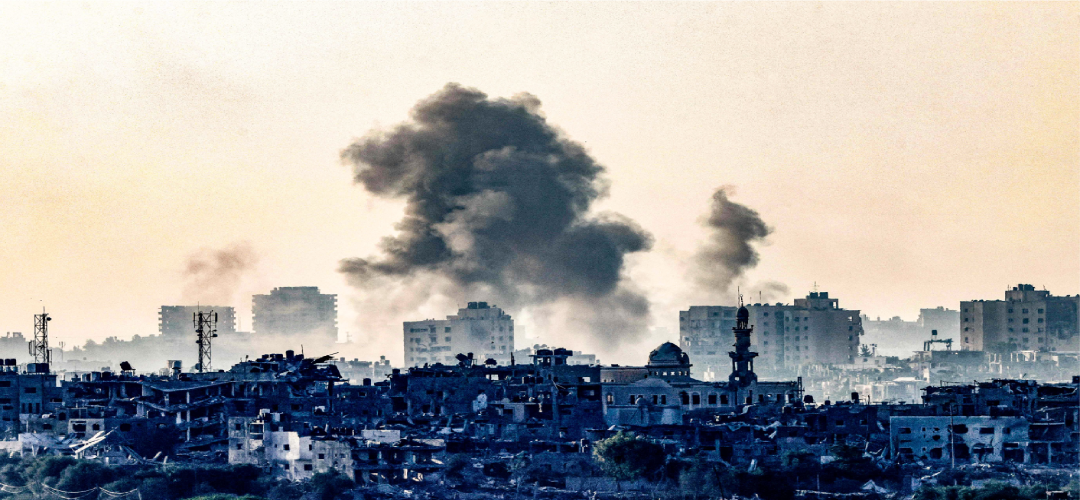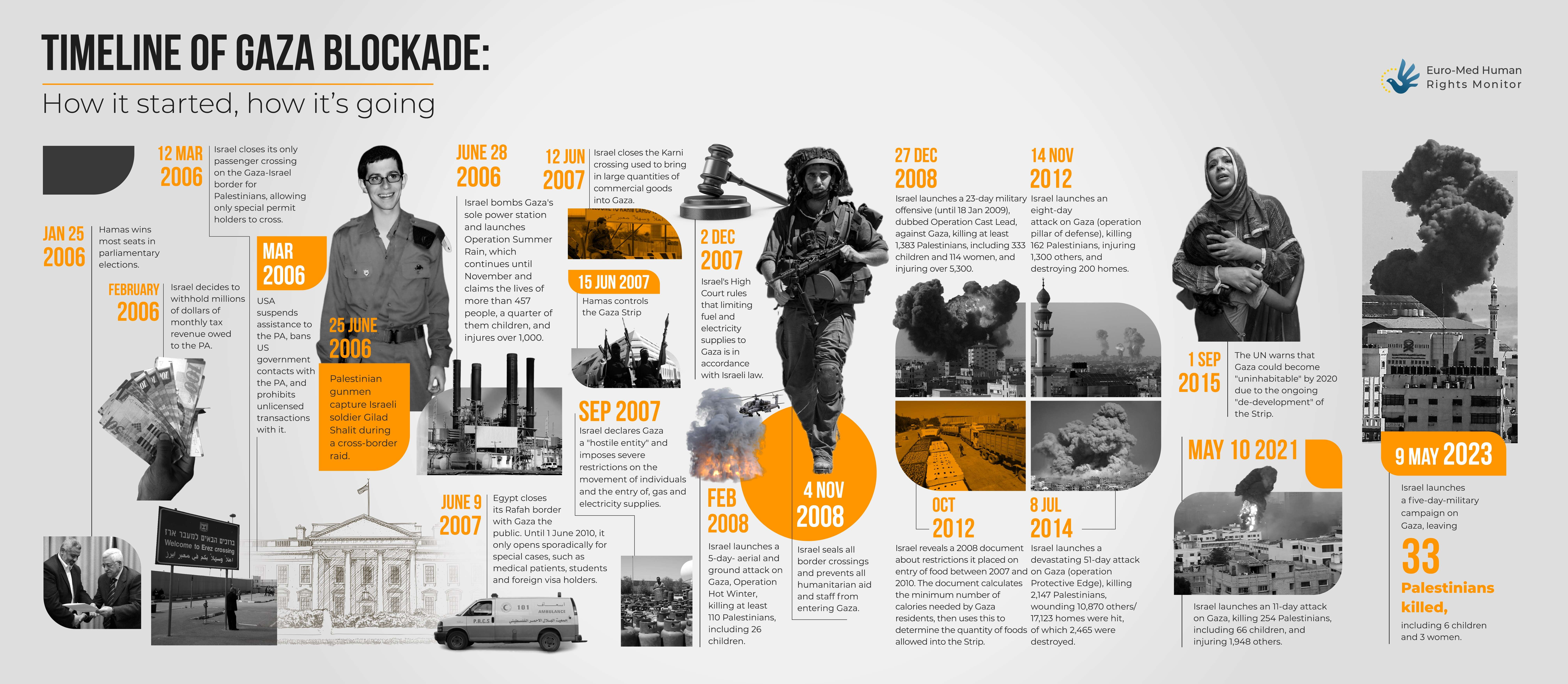Gaza: What Next
January 6, 2024 | Expert Insights

As the war in Gaza entered its fourth month with over 22000 Palestinians and nearly 2000 Israelis dead, there seems to be little indication that either side is willing to let up. An embattled Israel, having turned nearly 90 per cent of the Gaza Strip as 'uninhabitable,’ is allegedly taking out senior Hamas leaders hiding in their lairs in Lebanon and other places.
Israel has made its intentions very clear. While delivering the eulogy of his predecessor Zvi Zamir, the architect of the operation to track down and kill the perpetrators of the Munich Massacre, the current Mossad Director, David Barnea, said, “ "Let every Arab mother know that if her son took part, directly or indirectly, in the October 7 massacre, his blood is forfeit."
Recently, Israeli Defence Minister Yoav Gallant publicly announced the Israeli scheme of things for the governance of Gaza once “Hamas has been completely neutralised.”
Background
The fighting in the Gaza Strip and West Bank remains relentless, with hundreds dying every day. In a blunt statement, the UN humanitarian chief, Martin Griffiths, declared that Gaza was now "inhabitable' after three months of battering. As per the UN, Gaza's 2.3 million inhabitants were without food, shelter, water, medical care or schools. Families are sleeping in the open as winter temperatures plummet.
The tension has been further escalated by the assassination of a top Hamas leader, Saleh al-Arouri, who was coordinating Hamas operations with Hezbollah from the depths of Hezbollah's stronghold in Beirut. Israel did not claim or deny responsibility, although this is the kind of action that David Barnea had been publicly proclaiming.
However, publicly, Israel has shown its confidence in being able to destroy Hamas as a military and political entity. It has now come up with its first initial blueprint for a post-Hamas Gaza, called the ‘four corner plan.’
The plan envisages a limited role for Palestinians in governing the Strip, unlike the existing arrangement wherein Hamas was the sole arbitrator in its governance. Israel will retain the overall security of Gaza. Israel would seek external assistance by inviting a multinational force to oversee the reconstruction of Gaza and the resumption of basic amenities like water, fuel, food and electricity. Israel alleges that in the dispensation under Hamas, the bulk of the aid was siphoned off to create the deadly military infrastructure and rocket arsenal that has caused so much devastation in Israel. Allegedly, pipes procured for the water supply lines were diverted into clandestine rocket-making factories, turning them into rocket tubes. Possibly, one of the Arab neighbours, Egypt, would be involved in some way. However, day to day running of the administration of Gaza would be left to the Palestinians.

Analysis
This was the first public unveiling of a plan, which may still be months from actualisation as the fighting refuses to die down. Hamas is putting up a strong resistance, and amidst the labyrinth of tunnels constructed for just such a contingency, they can fight for months. The superior firepower and technological supremacy of the IDF are reduced to nought in such deadly urban combat amidst the rubble of a destroyed city. There are numerous historical examples of rebels continuing to wage an urban insurgency for months, if not years, making the price of occupation deadly for the superior force. Therefore, whether Israel will be able to enforce its control over the Gaza Strip in the long run remains a subject of much debate.
There seems to have been little debate within Israel on the proposed plan, and the Israeli Prime Minister Benjamin Netanyahu has been surprisingly silent about it. Perhaps there is not total unanimity on it within the National Unity Government.
As per BBC reports, there are deep disagreements in Israel on the 'day after' in Gaza. The extreme right-wing is demanding a total exodus of Palestinians from the Strip and its reclamation by well-fortified Jewish settlements. This is unlikely to be acceptable to the global community, and even the U.S. may not permit it.
Therefore, Israel would seek a mid-way solution that allows them security control over the territory while allowing for a modicum of self-rule by the Palestinians to give it a façade acceptable internationally. However, any such step would be outrightly rejected by the Palestinian leaders, who are determined that whatever the final outcome of this uneven contest, only Palestinians would run it. And a second exodus is a red line for the entire Arab World.
To soften the resistance to the plan, the IDF would likely accelerate its efforts to neutralise the Hamas leadership wherever they may be hiding. As regards the war, Israel is determined to continue its offensive until all hostages have been freed and Hamas’s “military and governing capabilities” dismantled.
Assessment
- The Israeli plan is in sharp divergence from the stated U.S. view that a revitalised Palestinian Authority should take over the Gaza Strip once the fighting is over. This is likely to create tensions between the two allies and block the implementation of the four-corner plan.
- The Arab world has so far not commented on the plan, although an outright rejection would be the expected response.
- The Israeli blueprint makes little concession for the Palestinians and is unlikely to be conducive for any long term peace in the region.








Comments